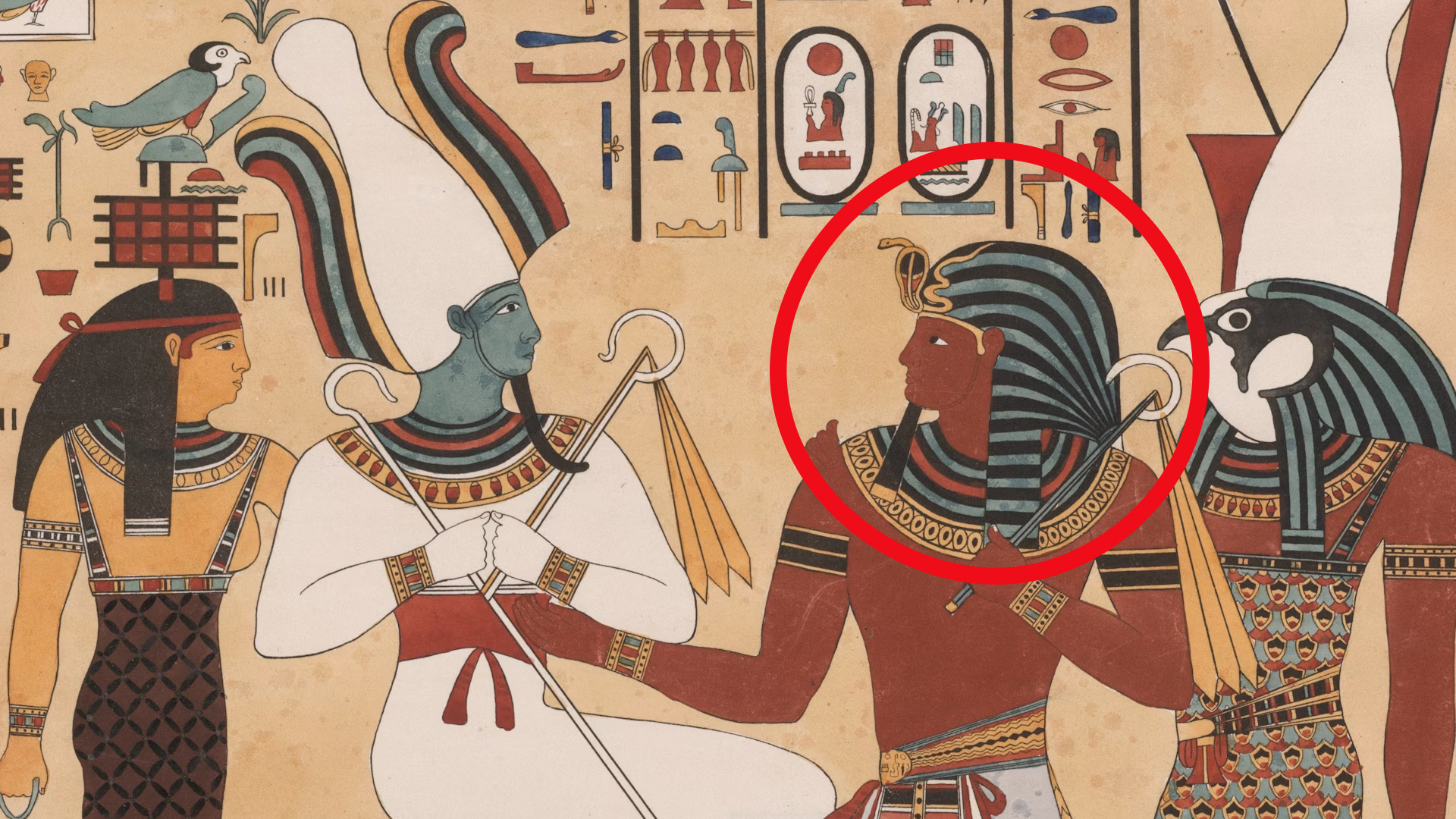History’s Jaw-Droppers In Stone
There’s something irresistible about a good mystery, especially when it’s been buried for eons. Fossils are the ultimate plot twists in Earth’s story, each one revealing just enough to keep us guessing—and wanting more. Scientists have spent lifetimes piecing together these ancient puzzles, and sometimes, the truth is even weirder than the legends. Do you think you’ve heard it all? These 20 coolest fossils will challenge what you know about life on this planet.
1. Fossilized Snake With Legs
One of the most mind-bending fossils ever found is Tetrapodophis, a snake from Brazil with tiny, vestigial limbs. This fossil supports the evolutionary link between snakes and lizards, and suggests that early snakes might have burrowed rather than slithered.
2. Lucy: The Walking Hominin
In 1974, Ethiopia gave us Lucy—our ancient, unexpectedly bipedal cousin. Her remains revealed that our ancestors walked upright, just like us, long before they built cities. Officially called Australopithecus afarensis, Lucy strutted through life 3.2 million years ago.
3. Ichthyosaur Mother And Babies
Discovered in China and dating back 248 million years, this snapshot of prehistoric motherhood proves marine reptiles didn’t always lay eggs. Instead, they gave live birth, flipping long-held assumptions about early reptilian reproduction.
4. Tyrannosaurus Rex Skull
Measuring over five feet long, this is the largest known skull of any land predator. The skull’s design revealed a jaw capable of bone-shattering bites, with teeth that could crunch through anything in their path. The most famous T. rex skull belongs to “Sue,” which is the largest and best-preserved specimen.
5. Trilobite With Compound Eyes
Trilobites were the original masters of vision, sporting one of the earliest and most sophisticated eyesight systems in animal history. Their eyes were made of the mineral calcite, a unique feature in the natural world. Dating back over 500 million years, some trilobite species even enjoyed 360-degree vision.
6. Mammoth Frozen In Siberian Ice
The Yukagir mammoth is like a time traveler from the Ice Age, preserved in Siberian permafrost with soft tissue and DNA intact. Some specimens are so intact that even their last meals remain in their stomachs.
 Stacy from Minneapolis on Wikimedia
Stacy from Minneapolis on Wikimedia
7. The Oldest Known Footprints
In Poland’s Holy Cross Mountains, fossilized trackways, dating back nearly 397 million years, are the earliest evidence of tetrapods—our distant, land-walking ancestors. These tracks, attributed to early amphibian-like creatures, show a crawling motion, marking the moment vertebrates first ventured onto land.
 Zachelmie trackways, tetrapod, Poland by Donjohan
Zachelmie trackways, tetrapod, Poland by Donjohan
8. Velociraptor With A Stab Wound
Locked in a prehistoric death match, a Velociraptor and a Protoceratops were discovered forever frozen in combat in Mongolia’s Gobi Desert. The fossil shows one talon embedded in its opponent’s neck, which is dramatic evidence of predatory behavior.
 Salvatore Rabito Alcón on Wikimedia
Salvatore Rabito Alcón on Wikimedia
9. Fossilized Dinosaur Nest With Eggs
In Montana, a fossilized dinosaur nest from a Maiasaura disclosed the softer side of the Cretaceous. Some eggs still contained developing embryos, and the nest showed clear signs of parental care. This discovery offered a rare peek into dinosaur family life, telling us that some species were attentive parents.
10. Gigantic Dragonfly Wings
If you think bugs are big now, meet Meganeura—a Carboniferous sky predator with a wingspan over 2.5 feet. Larger than some birds today, it thrived in oxygen-rich environments and could pluck prey right out of the air. So, back then, insects were really bigger and bolder.
11. Mosasaurs With Shark-Like Tails
Fossils from Jordan and Kansas upended the image of mosasaurs as eel-like swimmers. Instead, these marine reptiles had powerful, shark-like tails, perfectly adapted for speed. This evolutionary twist is a classic case of convergence, where unrelated species develop similar features to thrive in the same environment.
 Francisco Hueichaleo on Wikimedia
Francisco Hueichaleo on Wikimedia
12. Fossilized Forest In Antarctica
Fossilized trees with growth rings discovered here suggest seasonal cycles, ultimately showing that the region once supported a vibrant ecosystem. The find also highlights polar life long before the ice age. It offers stunning proof of Earth's shifting climate patterns through the ages.
 Alfonso Gómez Paiva on Wikimedia
Alfonso Gómez Paiva on Wikimedia
13. Ammonite With Bite Marks
An ammonite fossil with bite marks from the Cretaceous period provides a rare look into predator-prey interactions. Found in Western North America, the marks likely belong to mosasaurs or giant squids, adding new layers to our understanding of ocean dynamics.
14. Crinoids From Ancient Sea Beds
Crinoids, often called “sea lilies” despite being animals, have been around for over 300 million years. Their fossils, with beautiful spiraling patterns, are prized by collectors and were even used in ancient jewelry. These elegant creatures once carpeted the sea floor.
15. Stegosaurus Brain Cast
The surprisingly small brain of the stegosaurus challenges many assumptions about its intelligence. With a walnut-sized brain cavity for such a massive herbivore, this fossil cast hints that stegosauruses likely relied more on instinct and reflexes than on problem-solving skills.
 Charles Robert Knight on Wikimedia
Charles Robert Knight on Wikimedia
16. Prehistoric Whale With Legs
These fascinating fossils, going back around 49 million years ago, capture the moment when whales were transitioning from land to sea. With limbs built for both swimming and walking, these creatures are living proof (well, fossil proof) of evolution in action.
 Apokryltaros at English Wikipedia on Wikimedia
Apokryltaros at English Wikipedia on Wikimedia
17. Insect With A Piece Of Feather
Trapped together in Myanmar amber, an ancient insect and a fragment of feather show a surprising link between insects and feathered dinosaurs. This tiny time capsule offers clues about the ecosystem they shared, and provides insight into both insect evolution and the origins of plumage.
18. Giant Sloth Claw
Prehistoric sloths weren’t the slow, tree-hugging creatures we know today. Fossils from South American caves explain that they were elephant-sized giants, armed with big claws. They likely used their claws for both defense and foraging. It connects the ancient behemoths to their much smaller, modern relatives.
19. Fossilized Feces With Parasites
Coprolites—fossilized feces—are a goldmine for paleontologists. One specimen from North America contained preserved worms, offering a rare peek into prehistoric diets and diseases. Some droppings even contain bone fragments, painting a vivid picture of what carnivorous reptiles once ate.
20. Preserved Woolly Rhino Skull
In the icy depths of Siberia, a woolly rhinoceros skull from the Late Pleistocene period was discovered. It had a huge horn base and a thick nasal bone. The structure tells us that ancient rhinos used their horns to clear snow, and the fur fragments found around the fossil helped them adapt to the cold.
KEEP ON READING

The Mysterious "Sea People" Who Collapsed Civilization
3,200 years ago, Bronze Age civilization in the Mediterranean suddenly…
By Robbie Woods Mar 18, 2025
The Turning Point: 20 Facts About The Battle of Normandy
Normandy Changed The Game. The Battle of Normandy marked a…
By Chase Wexler Jun 4, 2025
20 Important Names From World War II You Should Know
Key Players From World War II (For Good or Bad).…
By Cathy Liu Nov 7, 2024
The Musical Prodigy: 10 Fascinating Facts About Mozart & 10…
Secrets Behind the Symphony. Wolfgang Amadeus Mozart remains one of…
By Chase Wexler May 5, 2025
20 Ancient Architectural Wonders That Will Boggle Your Mind
Ancient Marvels That Have Withstood the Test of Time. From…
By Christy Chan Feb 12, 2025
Everything You Need To Know About The Korean War
It Shaped More Than Just A Country. The Korean War…
By Emilie Richardson-Dupuis Nov 8, 2024














